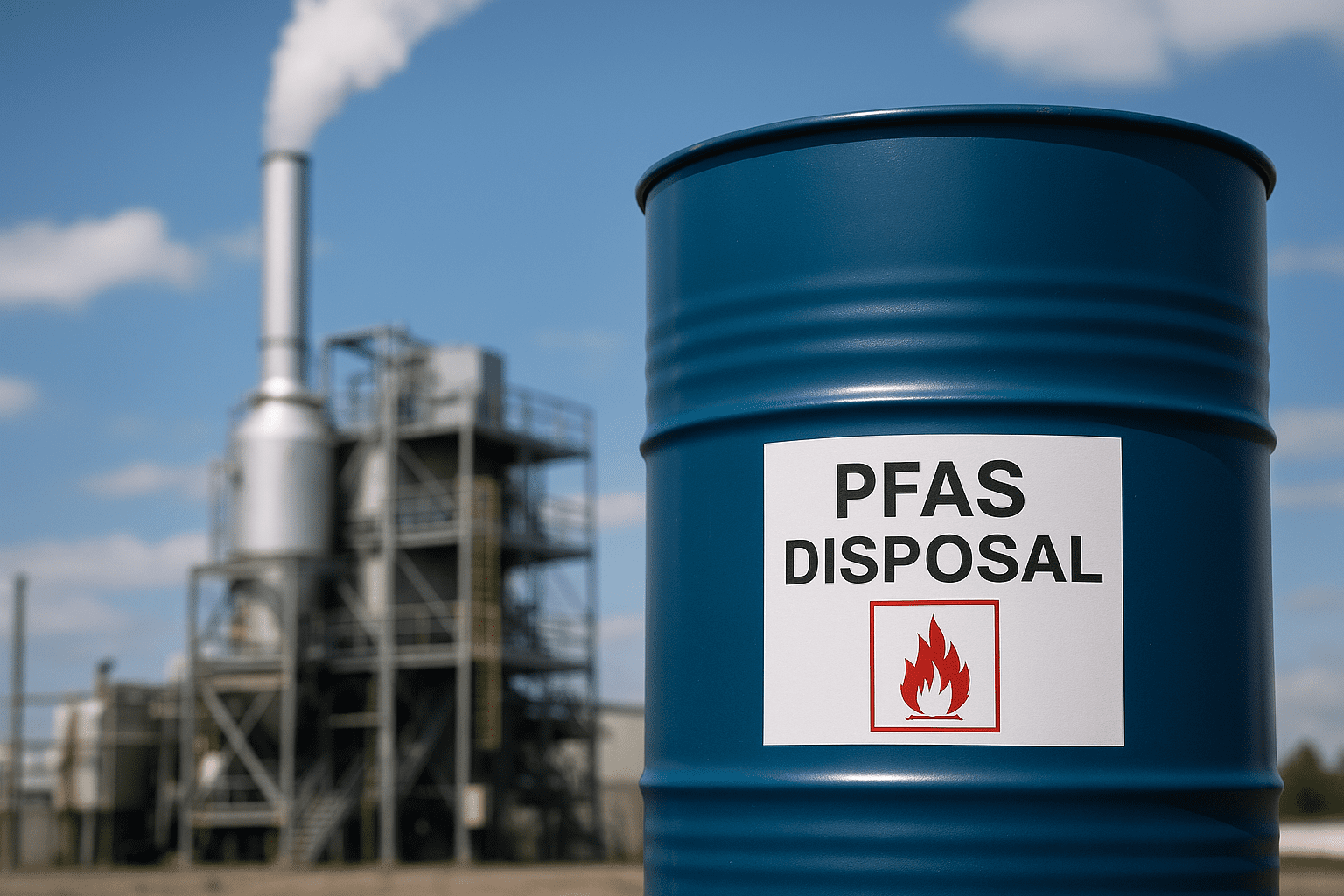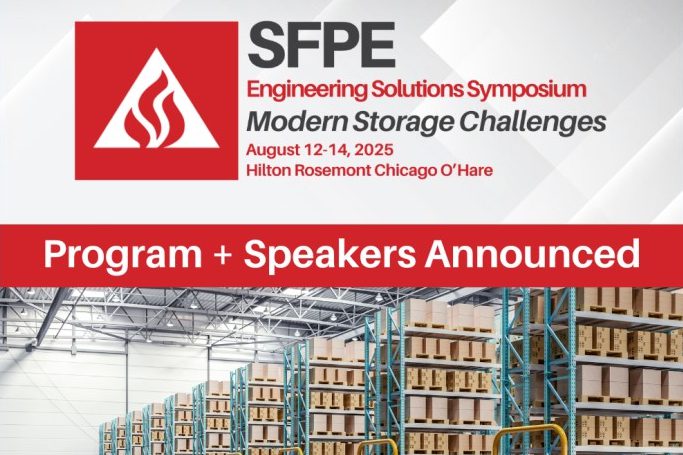
Derrick Hall, Director of Sales, Kentec Electronics talks exclusively to international Fire Buyer about how they have been tackling the Covid-19 crisis with training, new launches and fire safety
2021 is a new year and a new opportunity for many people – what kind of impression are Kentec looking to make over the next 12 months?
We’ll be further investing in the Kentec Installation Partners (KIPs) scheme to ensure installers have access to all the training, technical resources and support that makes their lives easier. Last year the scheme passed the 100-installer milestone and we rolled it out internationally, so we’ve built good momentum, an engaged network and there is plenty of opportunity to grow.
We’re also going to launch a distribution arm of the scheme, the Kentec Authorised Distribution (KAD) programme. Our message to the market is that it doesn’t matter where you buy from, whether it is direct or via a distributor, our customers will still receive the same levels of support.
2021 will also be about further strengthening our web-based training and learning resources. Over a number of years, there has been a trend that takes us away from manuals to FAQs and YouTube videos. It is our responsibility to take advantage of all available technologies and channels to make learning content as accessible as possible.
Generally speaking, how did 2020 go for the company?
I’m incredibly proud of the company’s achievements over 2020. We responded very quickly to the pandemic and went over and above government guidelines to ensure that employee safety was prioritised. Both as a responsible employer, and as a manufacturer of critical life safety systems, it was vital that we were able to continue to operate safely. We did not have even one day’s downtime, and that is testament to the hard work, flexibility and commitment of our employees.
One thing that Kentec did do was keep training programmes going, despite lockdown. How important was this, both for the company and for those seeking training?
It is fundamental to our success that our KIPs are fully supported. We’ve not only continued with telephone and technical support, but also adapted our training where lockdowns have meant that our partners have more time to invest in training.
The challenge has been in providing hands-on training while it’s not possible to have installers physically present in our training rooms. Video and document sharing platforms have been extremely useful in helping us to create ‘virtually-practical’ training courses. Through webinars and virtual training, we have been able to demonstrate in great detail how systems work – taking them through the same processes as you would if they were present, highlighting the inner workings of a panel and where necessary demonstrating where you can go wrong or not utilise a system to its full capabilities.
And we have been encouraged that installers are now choosing virtual options over on-site training.
You also managed to launch the Kentec Installer Programme internationally – obviously, it’s a huge step forward, but how difficult was it to get everything in place while the world is as it is?
A positive outcome of the pandemic is the acceptance and willingness to make things work virtually. It has enabled us to accelerate our training support for international customers – and rolling out the KIP scheme internationally is an important part of this. Where flying trainers all over the world used to be part and parcel of manufacturer training, we are now proving the value of virtual training, which is immediate, efficient, effective and more environmentally sustainable.
It does seem as if people have wanted to do more training as a result of lockdown – how have you kept on top of the added demand?
Whereas there is a finite number of people we could fit into our training rooms, another benefit to Teams and Zoom meetings is that we are not limited in the number of attendees – this extra capacity has been instrumental in enabling us to meet the greater demand for training.
Virtual meetings also enable us to accommodate a wide variety of timetables – if an installer needs to delay or interrupt their training, sessions are recorded and it’s easy to leave and rejoin as appropriate. All sessions are also supported by video content within the KIP platform.
Your communication was very clear amidst the crisis, with the industry and the world knowing exactly where you stood. How vital was it to ensure that you got that spot on?
For us communication was essential. We had to make sure our employees understood all changes, and were supported, engaged and motivated. And our customers had to be aware that we were still in operation and were reassured that it was largely ‘business as usual’. In an unprecedented situation there was an understandable reluctance to buy large quantities of stock because no one knew what was going to happen in the months to come, so we made sure our customers knew we had plenty of available stock so they could purchase in smaller quantities as and when required.
Kentec also kitted out a hospital in Glasgow with top of the range equipment – in terms of installation, was that different because of the pandemic and if so, how did you get around it?
When our installation partner, Vipond Fire Protection Ltd, told us about the Louisa Jordan NHS Facility Glasgow project, the turnaround of bidding to installation was a matter of two weeks – we had to respond very quickly, and it was thanks to our UK manufacturing site that we were able to meet deadlines.
The system included a total of seven Sigma XT gas suppression panels, and 32 detectors located within the electrical room that serves the 10,000m2 facility.
The installation acts as an excellent example of how manufacturers and installers within the fire industry work together, in line with Covid-19 regulations, to ensure that essential installation and maintenance of fire systems can still go ahead.
The company also released a custom build panel to support efficient evacuation, had this been in the pipeline for long?
When the draft BS 8629 Standard was first released for comment we had to try to anticipate what the market wanted versus what the Standard required. The Standard seeks to ensure residential buildings over 18m are provided with an effective means to help the fire brigade evacuate efficiently and effectively, regardless of the manufacturer or specific design.
Meeting market and Standard requirements meant holding back on making final decisions on some of the technical elements of our Evac-Point system until the final standard was released. By using our Special Applications department, which has a long-established pedigree for manufacturing bespoke evacuation control panels, we were able to work to a tighter turnaround – on this occasion it was just three months.
Evac-Point provides the market with a convenient, good-value and highly-sophisticated option, as other products are only available in the largest sizes, meaning paying for functionality that is not required.
The BACnet protocol was added to Kentec’s Vizulinx Alarm Management Solution – what are the key advantages of this?
Including the BACnet protocol is a part of our commitment to being an open protocol provider, which is key to providing installers with flexibility in system design. It enables seamless integration, cross-system communication and data analysis across different systems and technologies, especially useful as buildings become smarter and systems more interconnected.
The Taktis fire panel received certification from VdS as well – how big a feather in the cap was this?
It was an important milestone for Kentec and for the Taktis roadmap, as our most powerful and sophisticated analogue addressable fire panel. The approval has enabled the business to expand its global operations into the central European market, providing a competitive advantage that reinforces Kentec’s long-established reputation across Europe. Adding to existing EN-54, Part 13 and UL approvals, and with 37 language variants included as standard – Taktis is a genuinely global offering.
In terms of new products coming out this year, is there anything you can tell us at all?
The big one is our Sigma ZXT extinguishant panel, along with a more developments within the Taktis Lite fire panel range. We’re looking forward to providing more information on how these launches will make the lives of our installers and end users easier.
Obviously, things are still very up in the air in relation to international exhibitions, but if any can take place, will you be there?
We are closely monitoring all developments and are already committed to Firex. We’ll be supporting our customers and these events wherever possible.









